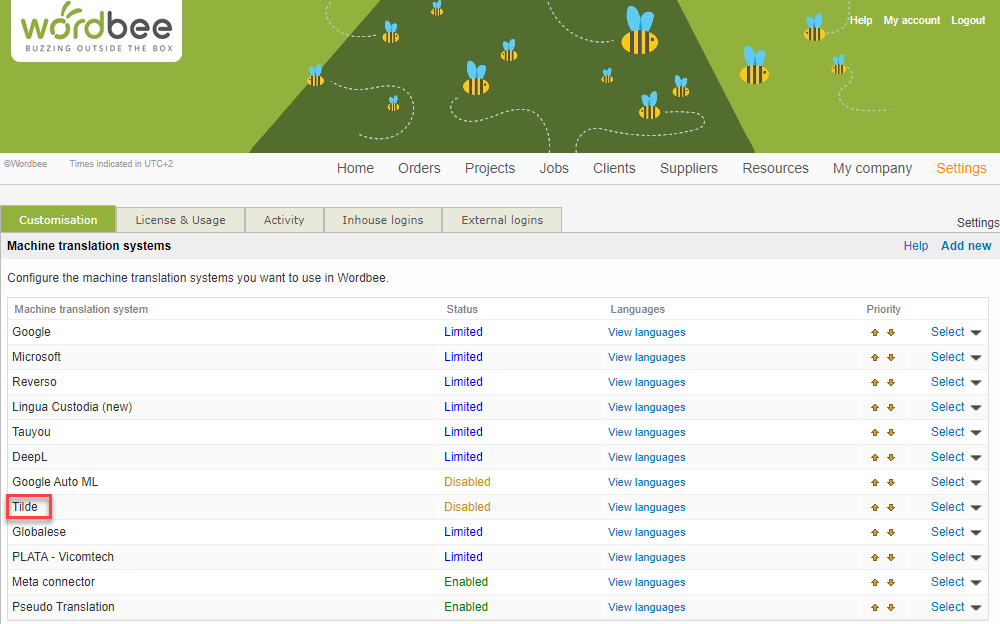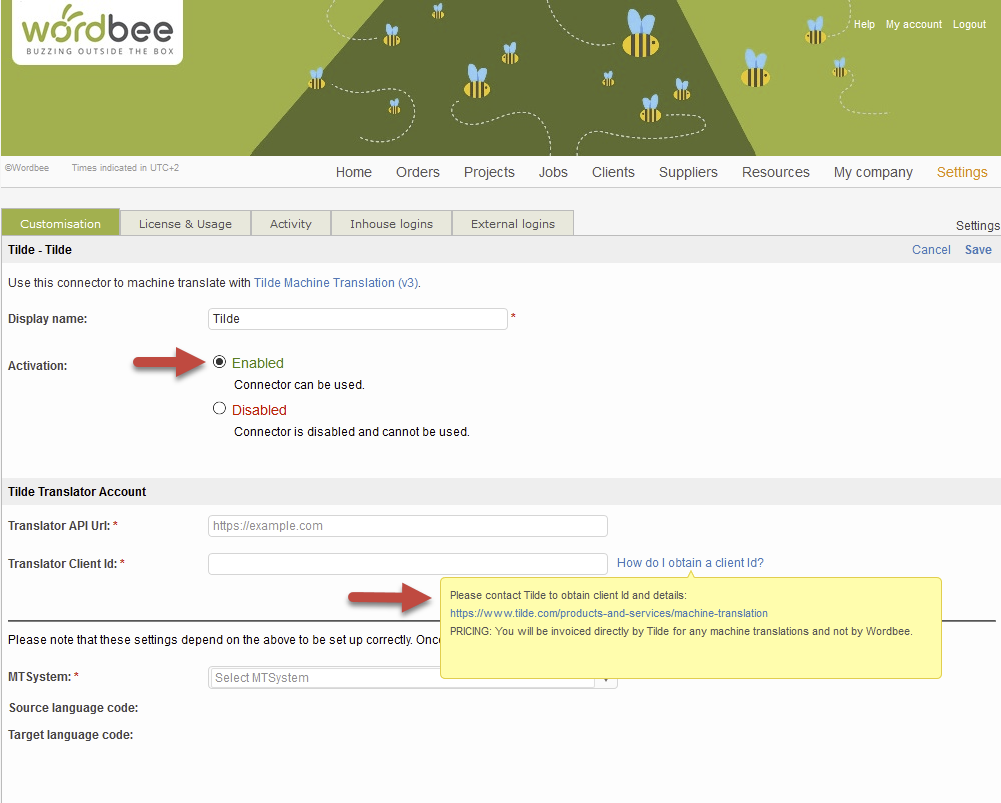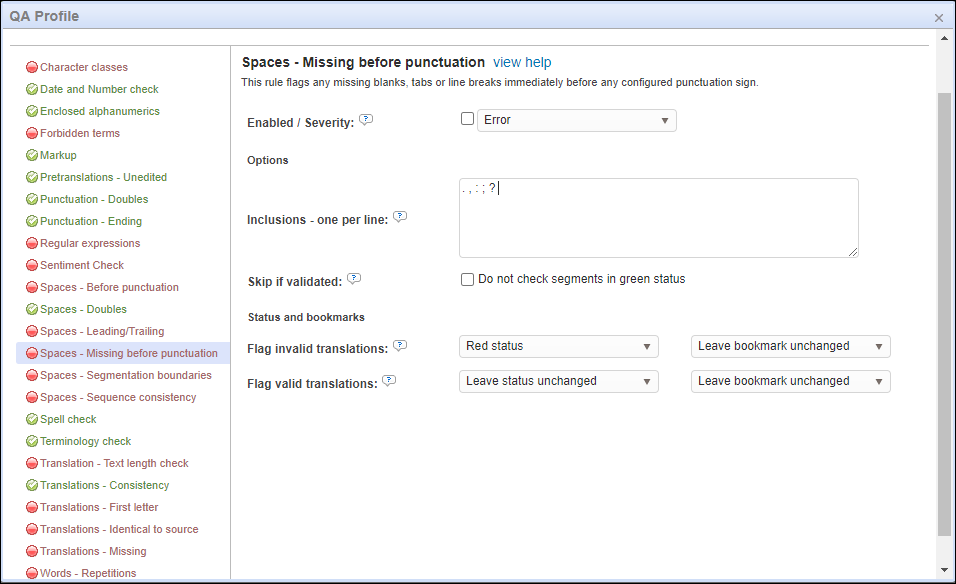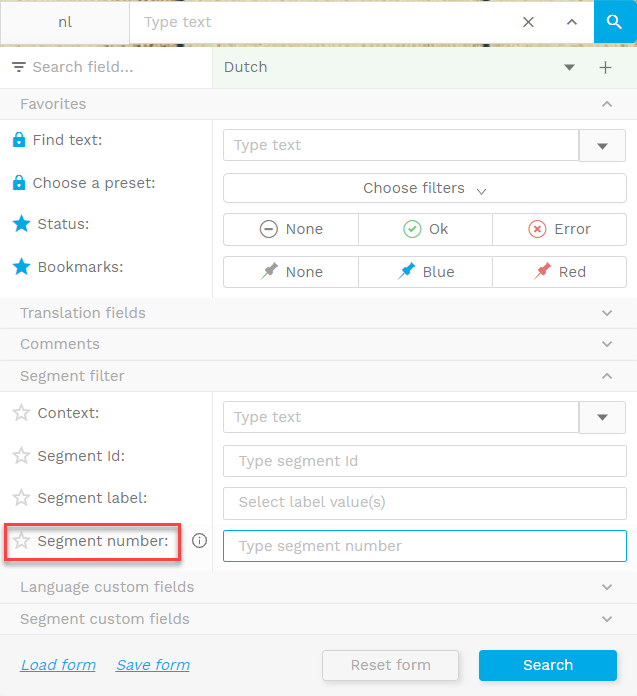The system shows which MT engine was used for translation Wordbee Translator integrates via API with different Machine Translation systems. With the help of the Meta connector available in the MT Customization area, you can select your favorite MT system for each of your language pairs. The system now stores this information in the project properties. For example, when you hover over the MT icon of a machine-translated text in the Editor, you will now be able to see which MT system was used to produce the raw translation. This information is recorded in other parts of the project as well: the revision history of MT translated texts; the word count popup of a document/job; the word count detailed report; the Codyt job work works progress tooltip.
.png?version=1&modificationDate=1598005896503&cacheVersion=1&api=v2&width=340)
Tilde Neural Machine Translation is now accessible from Wordbee Translator Wordbee Translator currently supports ten machine translation systems. We have recently added Tilde Neural Machine Translation (NMT) that which is based on neural networks. Research has shown that neural networks-based systems produce more fluent translations than other machine translation architectures. According to Tilde, their NMT system takes into account word reordering, dependencies, morpho-syntactic agreements, and other features that are not handled proficiently by statistical machine translation. To enable the Tilde NMT connector in the MT Customization area of your platform, you first need to obtain an API URL and client ID authorization token from Tilde. Finally yet importantly, as of June 18, you can configure the API URL manually as well. This recent development enables you to switch easily between Tilde’s infrastructure (for example, to compare different tools) and your own infrastructure. In conclusion, it is possible to have more than one Tilde MT systems configured with different URLs. | .png?version=1&modificationDate=1598005896503&cacheVersion=1&api=v2&width=340)



